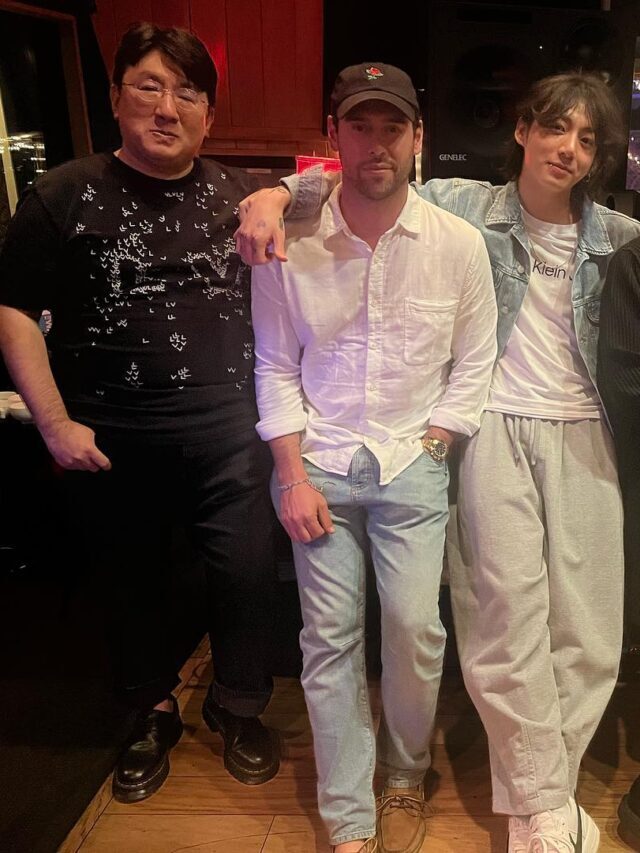Psychoacoustics is the study of how our brains interpret what our ears hear. We have discussed a few of these intriguing situations previously, such as the Fletcher-Munson Curve. Dr Helmut Haas discovered the Haas Effect in 1949, however it is also known as the Precedence Effect.
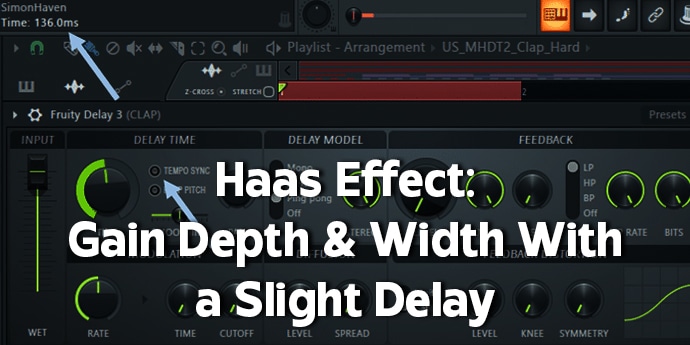
The Haas Effect is arguably the most well-known example of how clever music mixing engineers may use unique instances to enhance their job. It is so common that you have used it (incorrectly) without knowing its name.
What is the Haas Effect?
For example, if two sounds are separated by a very short delay and have identical loudness and waveforms, the Haas Effect leads people to experience them as one sound.
Let’s dissect it. Binaural refers to how our two ears work together to assist our brains to locate sounds. In this situation, sound localization is determined by which of these two noises reaches our ears first. That’s why it’s called the first wavefront law.
You’ll experience two similar sounds, one if they arrive at your ears within 5-30 ms of each other and are within a 10-decibel loudness range.
But not in the way you’d anticipate. Because our brains still perceive it as one sound, you’ll notice a broadening of the stereo field while maintaining pinpoint accuracy.
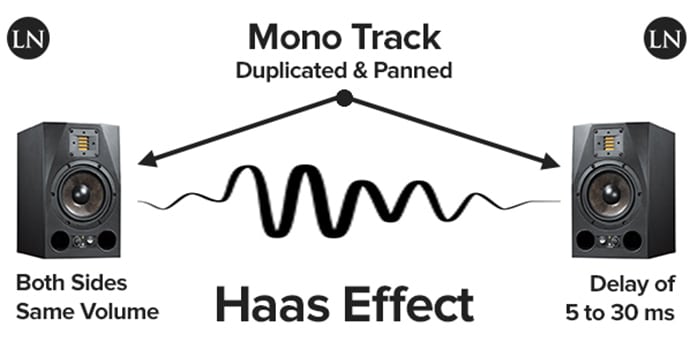
Reverb And the Haas Effect Sound
First, the same echo suppression we experience when mixing with reverb makes these two discrete audio occurrences seem like one. Short delays (reverberation time) sound more like smearing than delays.
When the Haas Effect Delay is used, the smearing gives width. No reverb since there’s just one delay instead of hundreds, thus you hear the smear rather than pristine clarity.
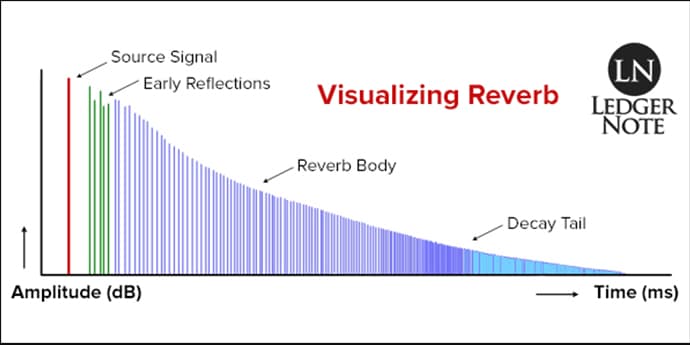
Panning Is the Haas Delay
Panning is like a delay that affects sound localization. Panning is just altering the volume of your two speakers. If you pan left, the left channel’s loudness increases while the right channel decreases.
So, while panning, the sound location shifts in any direction, but this is due to amplitude change. Loudness affects localization, and panning is totally dependent on volumes, with no impact from delays. Remember that panning is about levels and delay is about time.
Lateness Is the Precedence Effect
Remember, we’re adjusting for volume. The tests found that the Haas Effect might be broken by a difference of 10 dB to 15 db. We’ll maintain the volumes the same while mixing, thus that’s irrelevant.
One extremely brief delay (around 40 ms) was applied to one of two identical sounds (we’ll duplicate a mono track recording and pan them in opposing directions). This adds breadth and depth to the stereo field.
Why Use the Haas Effect Mixing
The sole reason to use this strategy when mixing is to boost one instrument’s impression of breadth and depth. Due to the concerns listed below, you should only consider it when working with a minimalist mix that would be too uninteresting without it.
Width – Using a brief enough delay to make two panned copies of the same track seem like one track also gives the audio a wider presence throughout the stereo field.
Since you just have one deferral versus huge loads of them like reverb, you keep up with all its lucidity being a single instance of playback. But since the width presently extends across the space you have chosen with panning, it gives setting to different instruments around there.
Depth – Depth is typically made utilizing a decaying reverb tail or by comparing one track against one more at different volume levels. The fact is you must have something to contrast a track against all together with making an encounter of depth. Empty space in the stereo system field cannot give this, yet your enlarged track can.
These are the two reasons you’ll utilize this effect, and you shouldn’t go after it except if you need to. If you can keep in surround sound or record two free mono takes, then, at that point, you ought to do that. In any case, you run into the issues referenced underneath.
How to Use the Haas Method
To set this technique in motion, you’ll take your boring mono track in a sparse mix and apply a few quite certain steps:
Duplicate the mono track and pan both versions opposite of one another.
Pick which sides you want to be the location of the sound and add a delay to the next.
Combat phase issues by detuning slightly with a pitch shifter.
That is the way it’s finished. It sounds simple and is yet how about we break each progression out into its own clarification so it’s totally clear what we mean by doing here.
1) Duplicate the mono track & pan in opposite directions
Suppose you have a mono vocal track and a mono rhythm guitar track, and the mix is incredibly exhausting. For this situation, we’d copy the mono guitar and pan the two variants in inverse bearings, either left or right.
2) Choose your main direction & add a delay to the other side
With your new track or auxiliary bus panned the other way as the first, pick which side will be the apparent area of the sound. On the off chance that you conclude the left ought to be where the sound is arranged, you’ll need to add a deferral to the right side as well as the other way around.
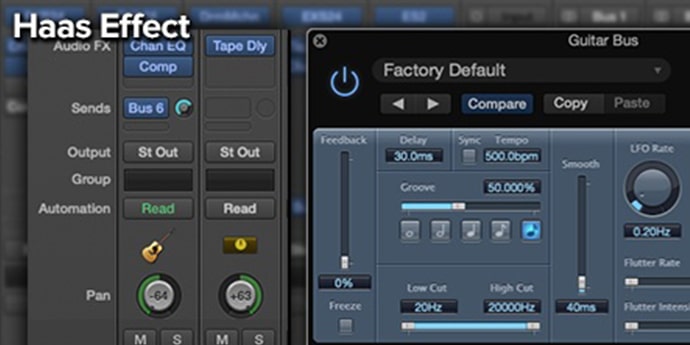
3) Check for phase issues & fix them with a pitch shifter
Here is the interesting part. On the off chance that you’re mixing in with earphones you won’t see any issues, yet assuming you take the jars off and tune in with your speaker screens you might hear something bizarre occurring. The different sides might be joining to sound genuinely crazy and not positively.
Conclusion
You don’t have to hold on to the right sparse mix to give this impact a shot. Sometimes you’ll require sound system guitars but just have a solitary mono track. That is a decent opportunity to try it out, and with various measures of mutilation and pitch shifting, you can avoid the stage issues that emerge from the Haas Effect.
We hope your doubts regarding the Haas Effect are clear. Write in the comment how did you like this post? You can also pick the best guitar effects pedals for yourself.
If you find this blog helpful, you can read more about the tips for drum practice and audio gear.









